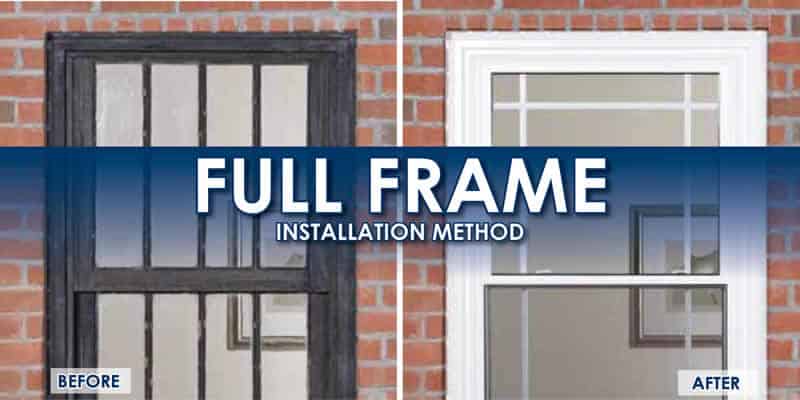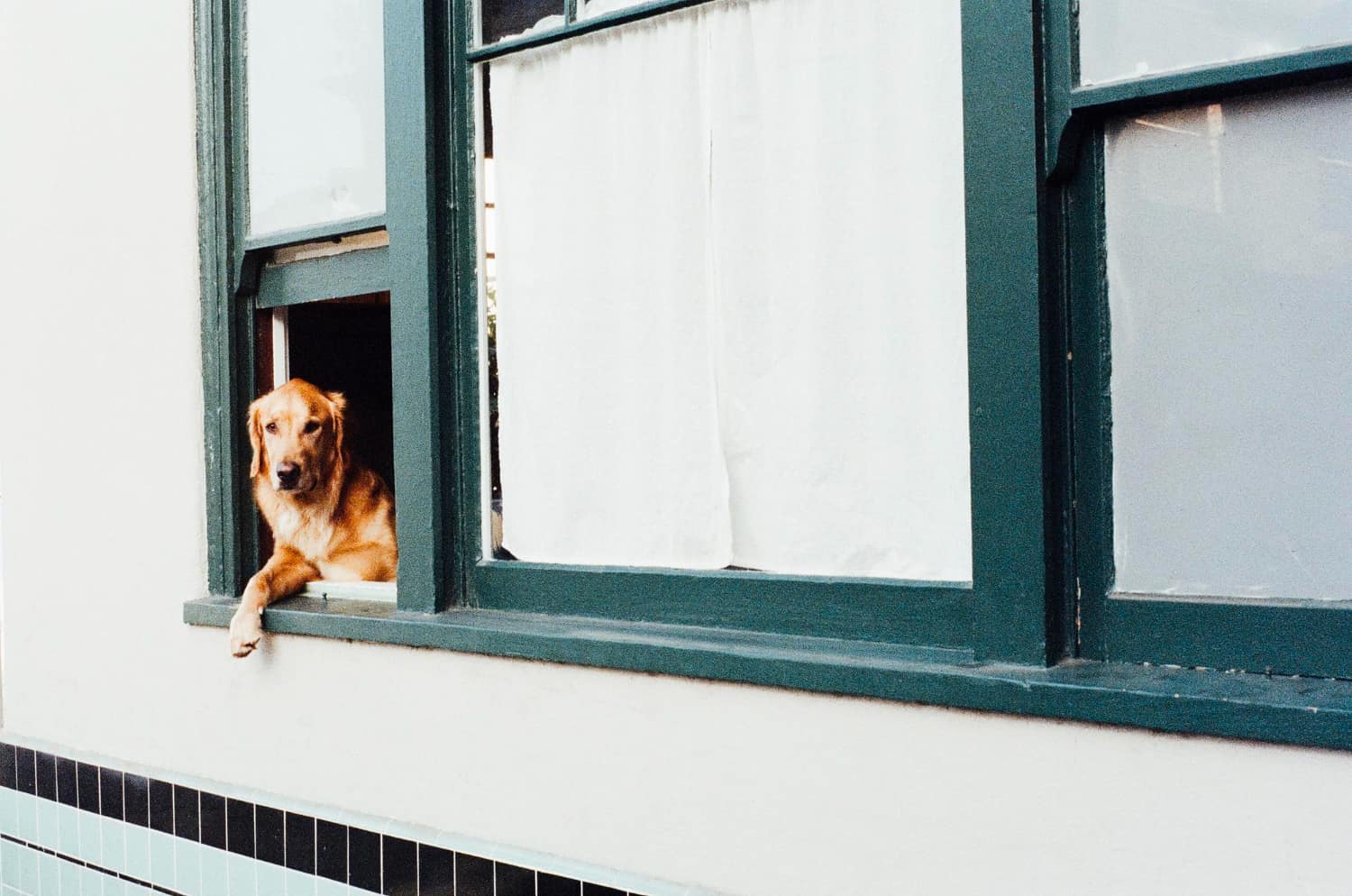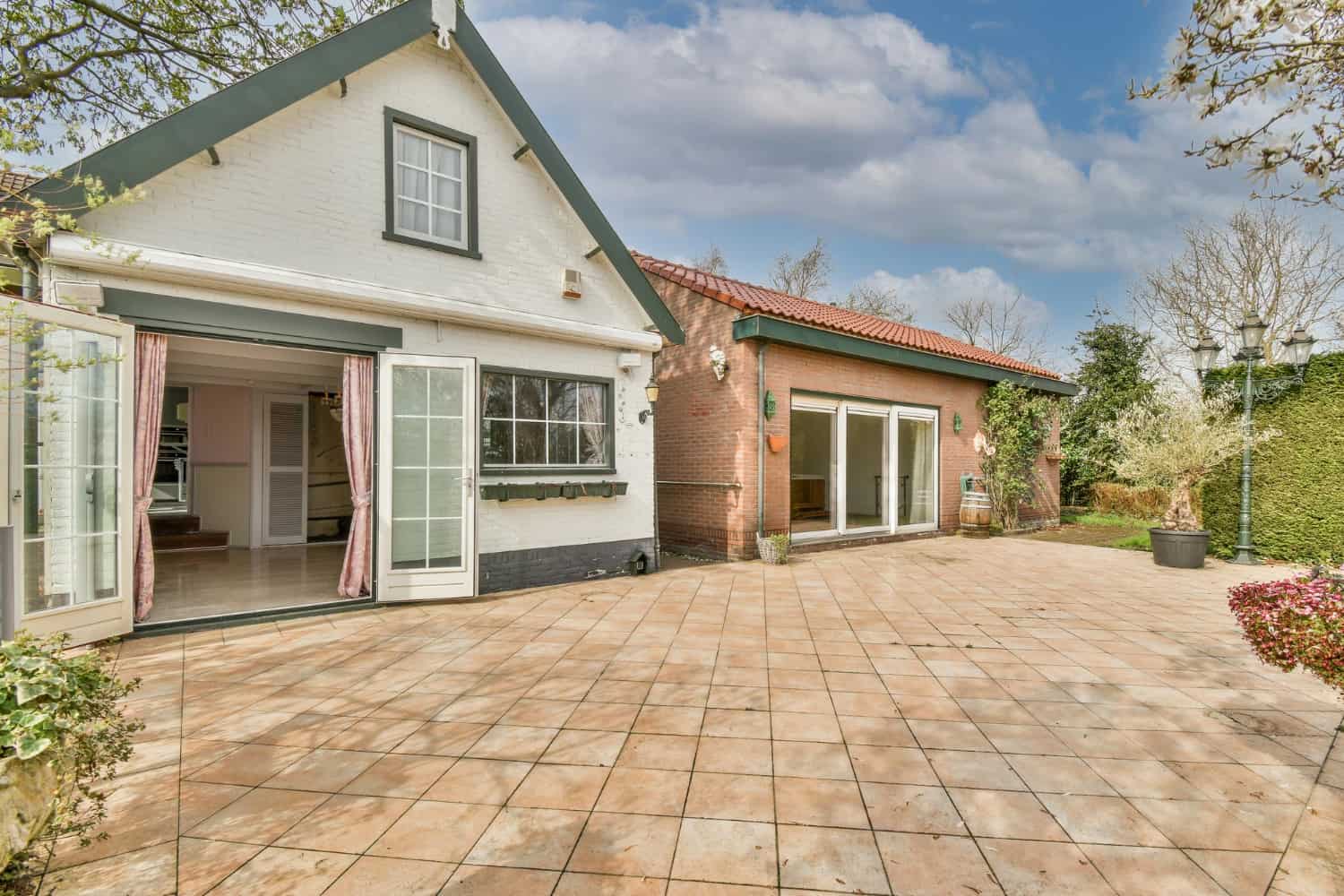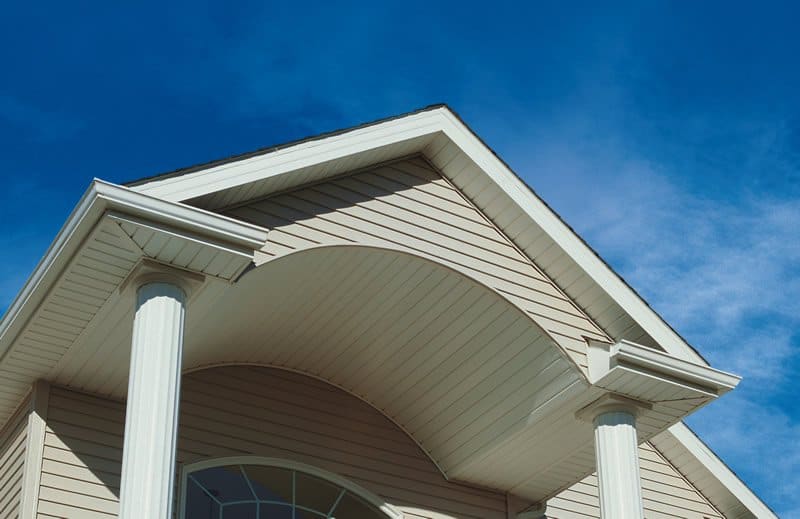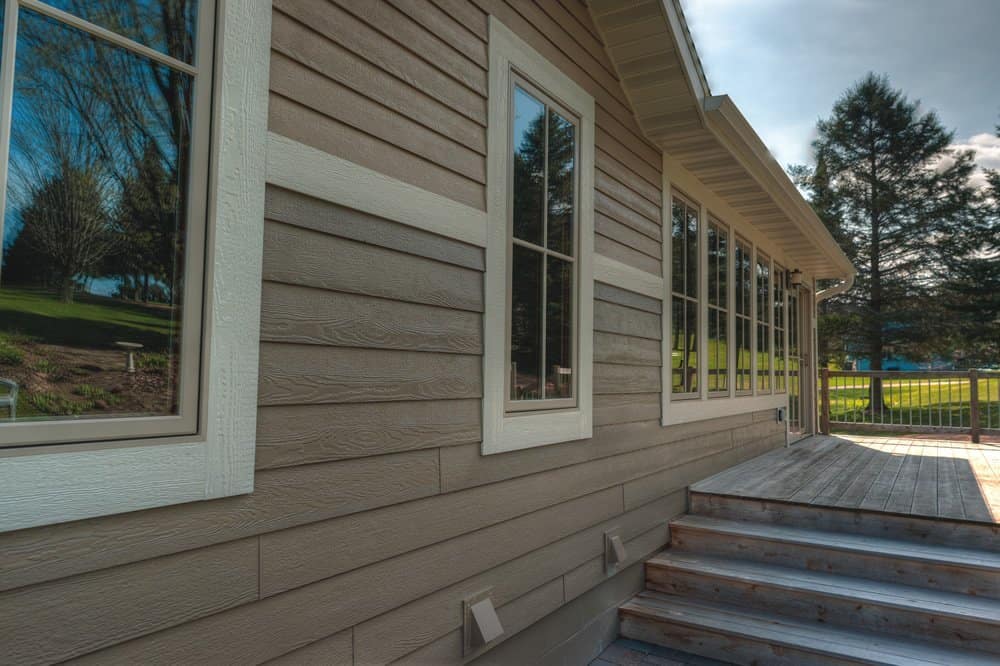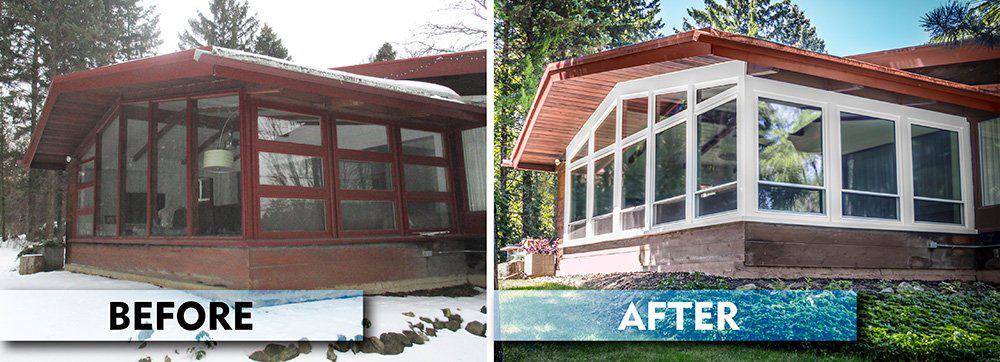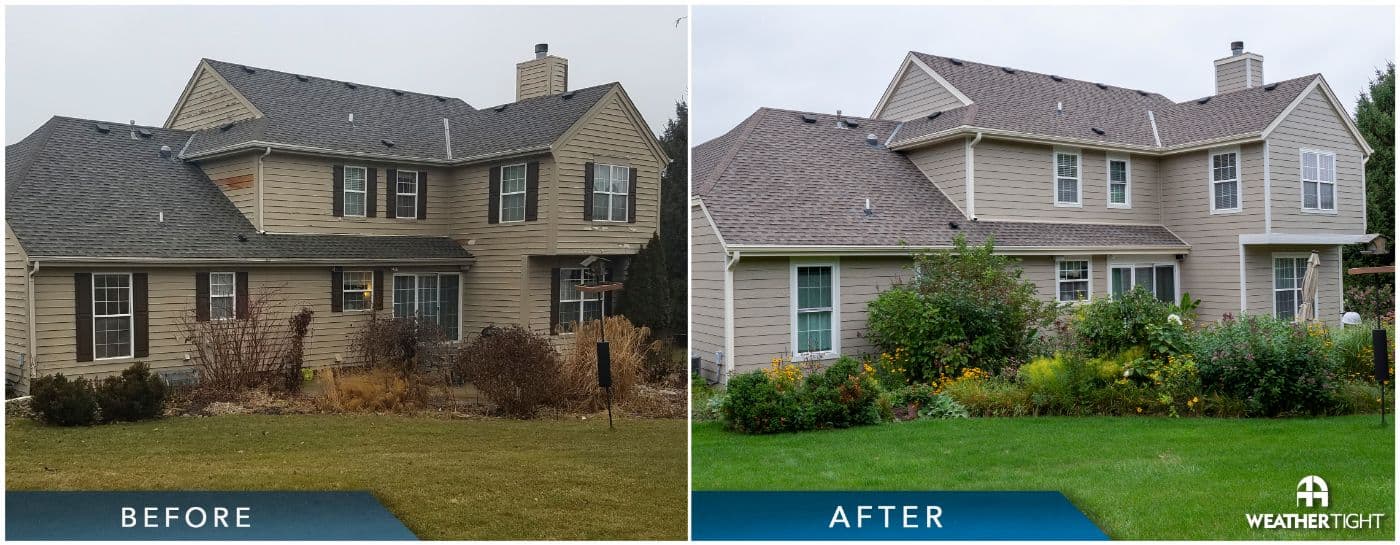Weighing the Benefits of Full Frame Window Replacement
Are you thinking about window replacement? Maybe you’d like more light in that back bedroom, or you’ve converted a home office, and the windows no longer fit the bill.
If you’re considering window replacement, full-frame window replacement offers some unique advantages compared to pocket installation. Before you make a choice, it’s important to consider both options and explore the benefits of pocket window replacement vs. full frame.
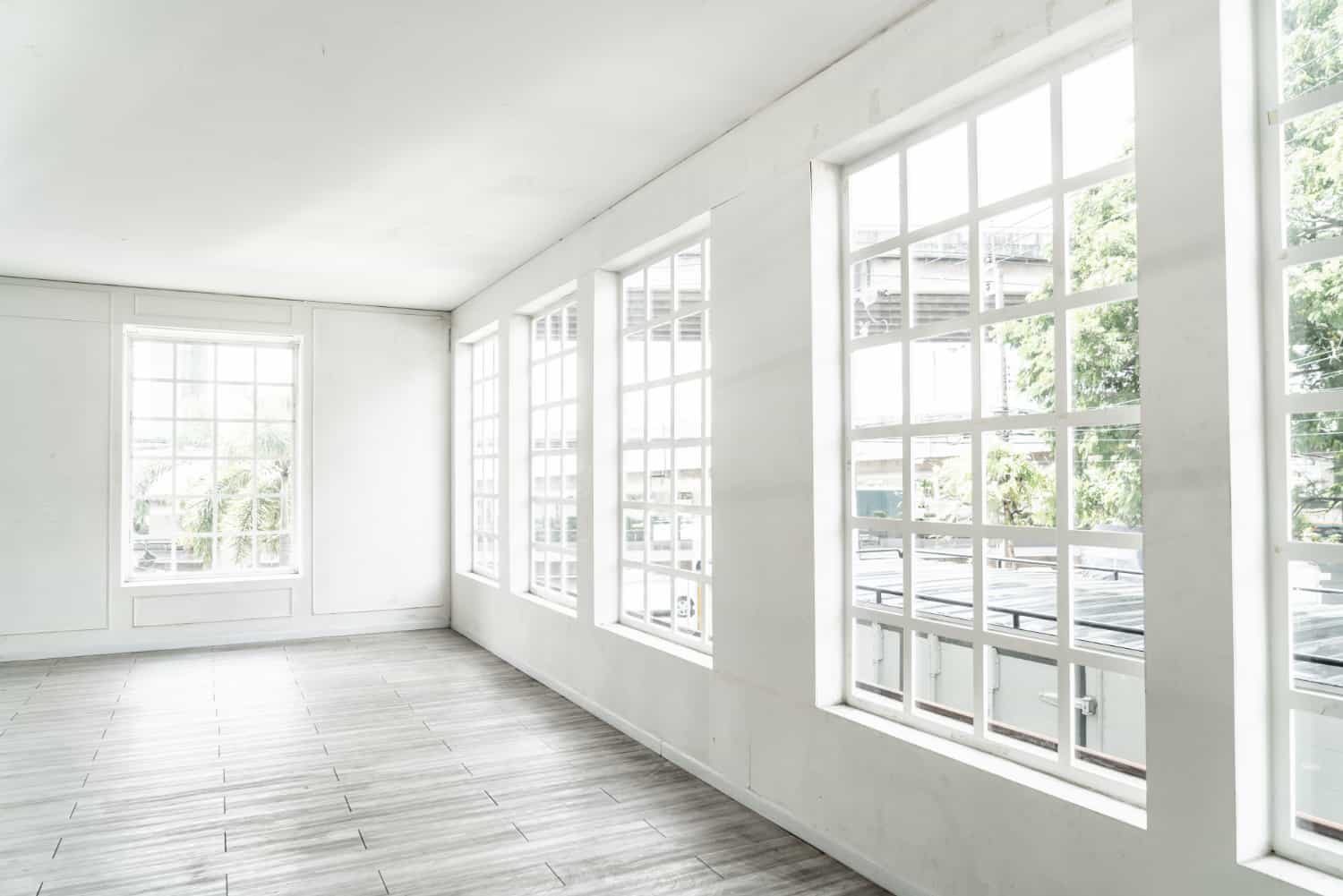
Two Different Window Installation Techniques
At Weather Tight, we use two methods for window replacement in Greater Milwaukee and surrounding areas. The first is an insert or “pocket” installation, and the other is a full frame installation.
So, which is the better option? Which window installation type best suits you? Did you know that there are different options available?
If you didn’t, it’s okay. Many homeowners don’t know how window replacement works until they start the process. Many factors determine the type of window installation we’ll recommend for your home, and both methods have pros and cons. Your Weather Tight representative will go over them with you, but in the meantime, here is the breakdown of full frame vs. pocket installation.
Pocket Window Installation
In some cases, a pocket window replacement might best serve your needs. It’s often the more economical option. Either way, replacement windows will help your home become more energy efficient, especially when those cold Wisconsin winds blow in across Waukesha, Racine, or Port Washington.
During a pocket or traditional window installation, we remove the old window, sash, and tracks but leave the window jamb in place. Your new window is custom-made to fit securely in the jamb using the existing window frame.
When we arrive for window installation, we’ll slide your new customized window right in place in a new mainframe that fits your window’s existing frame and jamb. The advantages of a pocket installation are:
- Speed of the installation—this type of window installation goes fast.
- Generally, it’s less expensive because there’s less labor and less to change out.
- It’s ideal for newer windows, where the frame is square, level, and in good condition.
- There’s no need to replace the casing and exterior trim.
- Preserve charming original frame and historic woodwork in the home.
- It’s a good option for homeowners who plan to put their homes on the market soon.
A pocket installation requires less modification to the old frame. It’s a good option when only one or two windows need to be replaced, and you’re hoping to keep the design of the woodwork or casing. If the home is newer and the woodwork or trim hasn’t suffered any pre-existing rot or water damage, then a pocket install makes sense.
The main disadvantage is that some window space is lost because of the frame. It’s not an ideal method for windows that don’t have a solid frame in place. Underlying conditions like mildew or poor insulation can sometimes go undetected without a full-frame window installation.
Full Frame Installation
In many cases, the best option is what’s called a full-frame window replacement. In a full-frame replacement, we remove the existing window, tracks, sash, casings, and jamb before inserting windows into the space. This allows us to see what went on during the previous window installation.
When a window is installed correctly, there should be adequate insulation between the jamb and the house’s studs. This helps prevent air infiltration and ensures the home is energy-efficient and safe. Unfortunately, it’s not uncommon for us to remove a jamb and discover that the original installer skimped on the insulation or omitted it entirely (even in newer homes).
The main advantages of a full frame window installation are:
- It’s comprehensive, and we address the shortcomings of the current window, with complete removal of the existing window
- You will have a larger window opening—more light and window space.
- It allows us to ensure that the new frame installation is square and level and there’s proper insulation.
- No paintings or touchups are needed after installation.
- It’s necessary when the existing frame or woodwork is beyond repair.
Although a full frame installation can take a little more time, it’s often the right answer, with a more thorough result. If you’re still on the fence about which is best for your situation, your Weather Tight representative can walk you through the installation process and help you decide.
The Benefits of Full-Frame Replacement
As mentioned above, there are several benefits to full-frame window replacement. It’s important to explore them rather than going with price and convenience alone. Full frame replacement is especially crucial if you plan to live in the house for a few more years.
To help you decide, let’s dive a little deeper into the advantages of full-frame window replacement.
1. Gain Glass Space
If you want bigger windows, a full-frame window replacement can help the window feel larger. Rather than installing a “frame within a frame” in a pocket installation, we install the new window right into the jamb, replacing the entire frame. This allows for more glass—you’ll often gain at least an inch of glass space.
If you want even more glass space, full-frame replacement windows often allow you to resize your window. If you would like to install a larger window or a different type of window, such as a bay or garden window, a full-frame installation gives you flexibility because you aren’t working within the confines of the original window hole. Get more natural light in your home!
2. Enjoy Beautiful Customization
When you choose a full-frame window replacement, you have a lot of room for customization. The factory can create a beautiful brick mold to go around the custom window. These molds often have contoured lines and subtle features that flatter and finish your home. Choose from an array of trim colors to match exterior siding and get the exact look you want.
When you contact your Weather Tight specialist, they will review all the window frames and trim options with you. Rest assured that you can match or complement almost any interior and exterior look. With the full-frame window replacement method, there are fewer limitations on your choices and many available modifications to meet your specific needs.
3. Check Out Your Insulation
You’ll have peace of mind whenever you start with a clean slate. A full-frame window replacement lets you see what’s happening beneath the window frame. Unfortunately, as mentioned above, many installers take shortcuts with window insulation. The air infiltration from a lack of insulation can impact your home for years without discovery.
When we carry out a full-frame replacement, we strip the window down to the insulation. That allows us to ensure the new window is thoroughly insulated and sealed tight against the studs of your home’s walls. With stronger insulation, you’ll get more protection against air leaks, water leaks, and even sound.
4. Detect Any Hidden Issues
Every homeowner hopes they don’t discover hidden issues when they remove older windows, but unfortunately, it happens. The good news is that you can address the issue before it causes further damage—think of it as a fresh start. During window replacement, we’ll make sure there aren’t any leaks, pests, or mildew around the windows.
If the window isn’t level or square, as seen in some older homes, or if it’s not up to code for some reason, a full-frame replacement is the answer. You may not be aware of these underlying issues; for example, if the wood around the window has degraded and rotted. When we replace your window, we’ll help you detect structural issues to ensure your home stays beautiful and protected for years to come.
5. Cut Back on Maintenance
New windows are maintenance-free, secure, and easy to clean. After a full-frame install, no painting or touchup is required. You won’t need to deal with trying to mask deteriorating window frame wood. Instead, you’ll enjoy clean, beautiful windows that look great and improve the comfort of your home.
New windows improve your home’s energy efficiency, helping you save money on your utilities. New replacement windows are often an investment that pays for itself quickly, in both comfort and energy savings. No matter which installation method you choose for your home’s windows, we’ll help ensure the entire process is smooth and hassle-free.
If you’re ready to explore your window replacement options, reach out. We have some fantastic deals, especially for homeowners who need to replace multiple windows. Contact us today for a no-obligation discussion. We’re ready to help you love the look and feel of your home.

 414-459-3874
414-459-3874















 Text Us!
Text Us!
